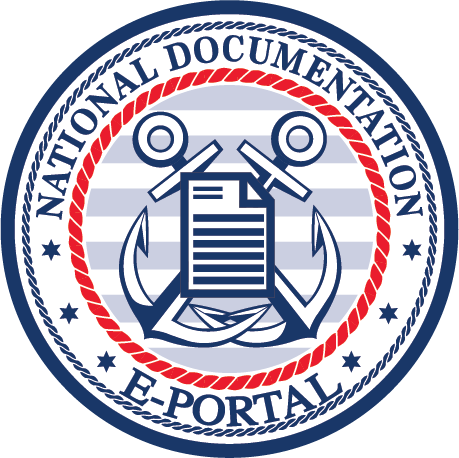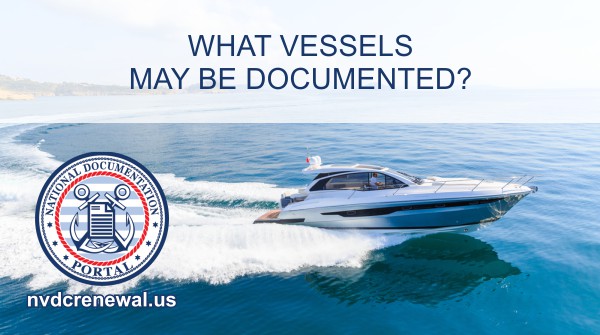A documented vessel is any boat that meets specific criteria for federal registration through the United States Coast Guard (USCG). To qualify, the vessel must primarily measure at least five net tons and be wholly owned by U.S. citizens. Many owners choose this official registration pathway to legitimize their vessel under federal law, comply with trade requirements, or access certain operational privileges.
Whether for recreation or commerce, a documented vessel provides its owner with a Certificate of Documentation (COD), which serves as critical proof of nationality, ownership, and eligibility to operate under specified endorsements.
The Advantages of Documenting Your Vessel
Owning a documented vessel offers numerous benefits beyond basic registration. For starters, the Certificate of Documentation is recognized globally, making it easier to travel internationally or enter foreign ports.
This official status marks your vessel as a U.S.-flagged entity, which ensures appropriate legal protections. For commercial vessels, documentation is typically required and grants access to restricted trades, such as coastwise activities and the Exclusive Economic Zone (EEZ).
Beyond convenience and compliance, vessel documentation also simplifies certain legal and financial matters. It is widely accepted by lenders as proof of ownership, making it easier to secure financing through maritime mortgages. If you’re considering whether to document your vessel, it’s worth evaluating these advantages carefully.
What Qualifies as a Documented Vessel?
The qualification requirements for a documented vessel are straightforward but essential. Meeting these criteria allows an owner to apply for official federal registration. Here’s what determines eligibility:
- The vessel must measure at least five net tons. Generally, this requirement is met by vessels that are at least 25 feet in length, though actual tonnage is calculated based on dimensions and cargo capacity.
- Only U.S. citizens can own a documented vessel. Ownership must be explicitly verified during the application process.
- The vessel must comply with its intended use. Commercial fishing, passenger transport, and freight transportation are typical examples where documentation is often mandatory. However, recreational vessels can also be documented under specific circumstances.
If you’re unsure whether your vessel fits the criteria, our team can help you assess eligibility and guide you through the federal documentation process.
Commercial vs. Recreational Documentation
Federal guidelines differentiate vessels based on their intended function, grouping them into commercial or recreational categories. Each group has unique benefits and stipulations under vessel documentation.
Commercial Vessels
For vessels used in transporting merchandise, fisheries, or carrying passengers within U.S. navigable waters or between domestic ports, documentation is not just beneficial—it’s required by law. These vessels often qualify for coastwise or fishery endorsements, which grant permission to operate within these regulated trades.
We specialize in helping commercial vessel owners simplify the application and annual renewal processes. Whether starting documentation for a newly constructed vessel or transferring ownership, our platform is designed to make federal compliance stress-free.
Recreational Vessels
Boat owners using their vessels solely for personal or leisure purposes may also opt to register as a documented vessel. While not always required for recreational use, documentation can streamline financing, especially if your lender requests a federal record for the vessel. Remember, you can always change your endorsement, too.
Additionally, a Certificate of Documentation simplifies travel across international borders, providing recognized proof of U.S. ownership and registration.
How to Begin the Documentation Process
Starting the documentation process might seem intimidating, but our services are here to ensure it’s an efficient, easy-to-follow procedure. Here’s a step-by-step outline of what the process typically includes:
- Initial Application
Every application begins with Form CG-1258. It provides essential details about the vessel, including its tonnage, ownership, and operational intent. At this stage, proof of ownership, such as a bill of sale or builder’s certificate, must also be submitted. Our Initial Vessel Documentation form is the first step in ensuring this paperwork is completed properly.
- Tonnage Certification
To verify that the vessel meets the minimum size requirements, its gross and net tonnage needs to be assessed. At times, an official surveyor may issue a certification confirming its eligibility.
- Citizenship Verification
Owners must provide proper documentation confirming their U.S. citizenship status. For corporations or partnerships, additional proof might be required to verify the entity qualifies under federal standards.
- Endorsement Selection
The type of endorsement chosen—coastwise, fishery, or registry—will define the legal scope in which the vessel can operate. Our team can help you determine which endorsement fits best based on your vessel’s purpose.
Maintaining Your Documented Vessel’s Status
Once your vessel becomes federally documented, it’s essential to maintain its status. A Certificate of Documentation is valid for one year from the issuance date and must be renewed annually to remain current. Renewing on time is crucial, as an expired certificate invalidates the vessel’s ability to legally operate within USCG jurisdiction.
We offer streamlined renewal services to ensure your certificate remains active. By using our online renewal platform, you’ll never miss a deadline or struggle with complicated paperwork.
Additionally, any change in ownership, hailing port, or the vessel’s intended operational use must be updated with the USCG. Our team can also assist with re-documentation or amendments to ensure your vessel remains compliant.
Key Considerations for Documenting Your Vessel
While vessel documentation offers considerable advantages, there are a few important considerations to keep in mind.
- Eligibility is Non-Negotiable
Strict federal regulations govern which vessels qualify as documented. For first-time applicants uncertain about meeting tonnage, citizenship, or operational requirements, consulting an expert can help clarify the process and avoid unnecessary delays.
- Comprehensive Record-Keeping
Documentation requires detailed evidence of ownership and compliance. Keeping records—such as bills of sale or survey reports—is essential for both new applications and re-documentation scenarios.
- Legal Framework Compliance
For commercial operators, staying updated on federal laws is vital. We recommend reviewing the legal framework for U.S. vessel documentation to avoid potential issues during application or renewal stages.
How We Simplify the Process for You
Navigating the requirements for a documented vessel can be time-consuming and confusing. That’s why our services focus on simplifying every step of the documentation process. From confirming eligibility and gathering the right paperwork to supporting annual renewals, we’re dedicated to removing the guesswork for vessel owners.
If you’re ready to start the process or need assistance with renewals, corrections, or endorsements, simply begin by accessing our online forms. Fast, secure, and user-friendly, our platform is designed to deliver results with minimal hassle, so you can spend more time enjoying your vessel and less time worrying about compliance.



